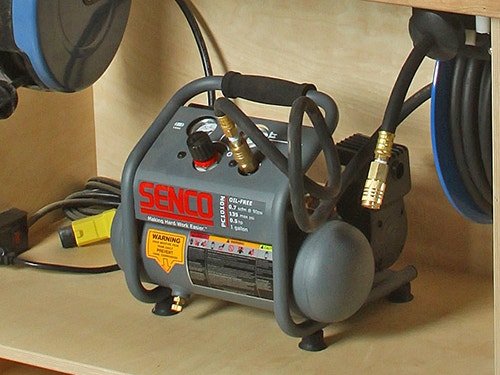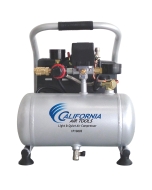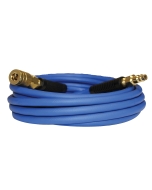Determining What Air Compressor You Need
Not every shop has the space to store a full-sized air compressor, however many air charged tools do require a lot of air to work normally.
Even the smallest compressor can provide 60 and 90 PSI of pressure needed to run an air tool (check the tool's manual for specific recommendations). However, most tools require a great volume of air to run at peak performance: Anywhere from 4 to 5 SCFM up to 15 to 20 SCFM or more. In contrast, a nail gun requires only about 2.2 SCFM to operate. Fortunately, you don't need a compressor the size of a Volkswagen to run most air tools.
SCFM ratings reflect the amount of air needed for a tool’s continuous operation. Even fairly small portable compressors and hoses can supply enough air to run all but the most air-hungry tools for short periods of time before the compressor must run to recharge its air tank. (One important caveat: letting any compressor run continuously can lead to overheating and premature wear.)
A good trick for getting more air volume from a smallish compressor is to hook up an auxiliary air tank between the compressor and the air tool.The tank creates a buffer of air, so the compressor doesn't have to run as often to recharge. Alternately, if the job at hand doesn't require the full-power output of the tool, you can reduce the tool’s SCFM needs by setting the compressor's regulator to a lower air pressure than the tool’s recommended maximum.
Keep the inspiration coming!
Subscribe to our newsletter for more woodworking tips and tricks


